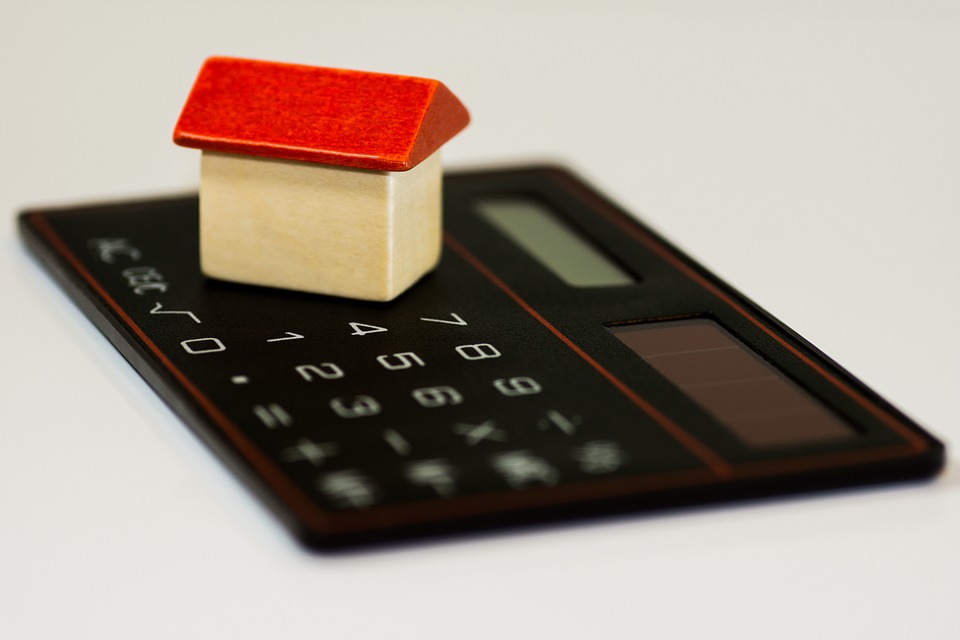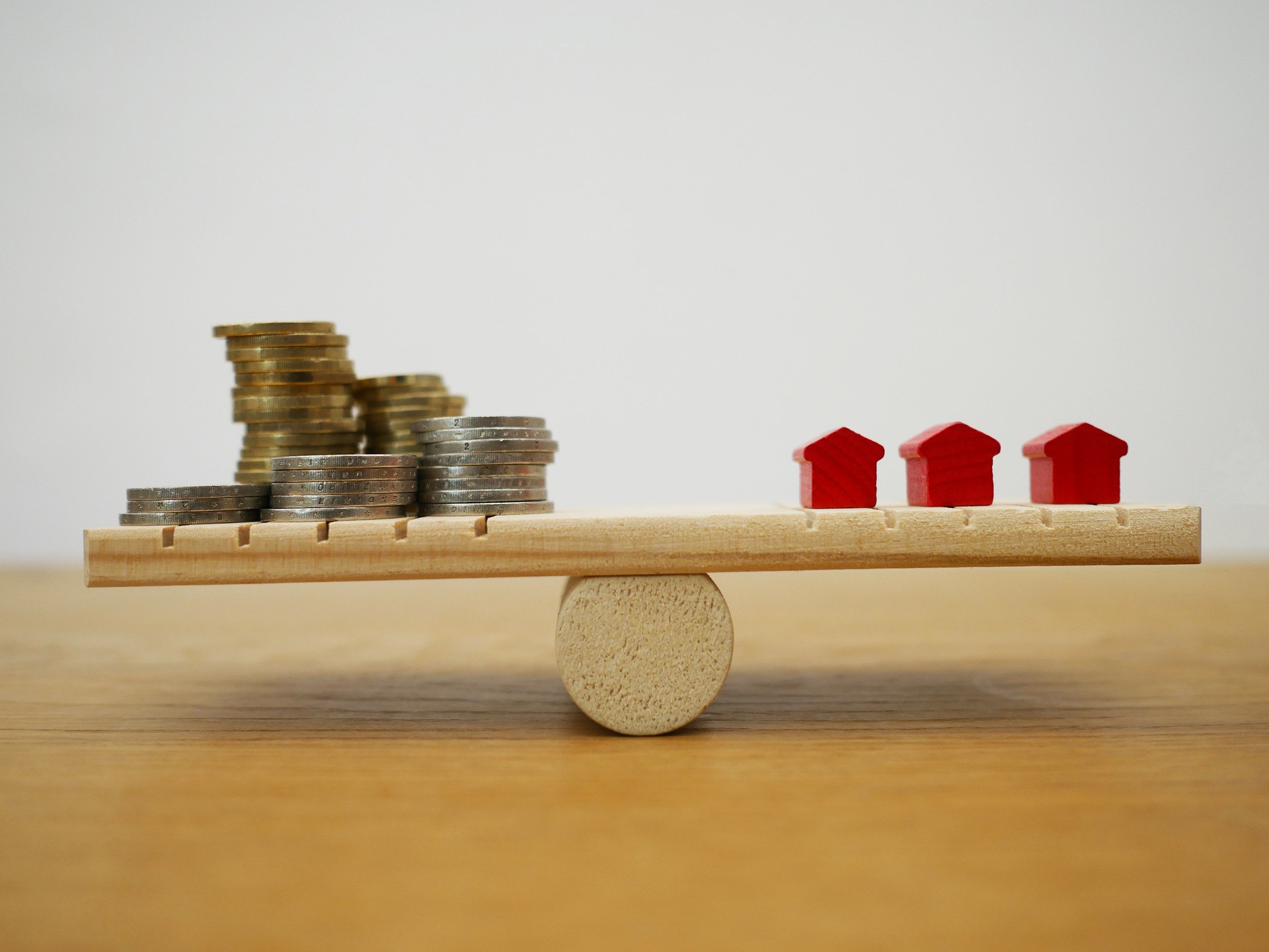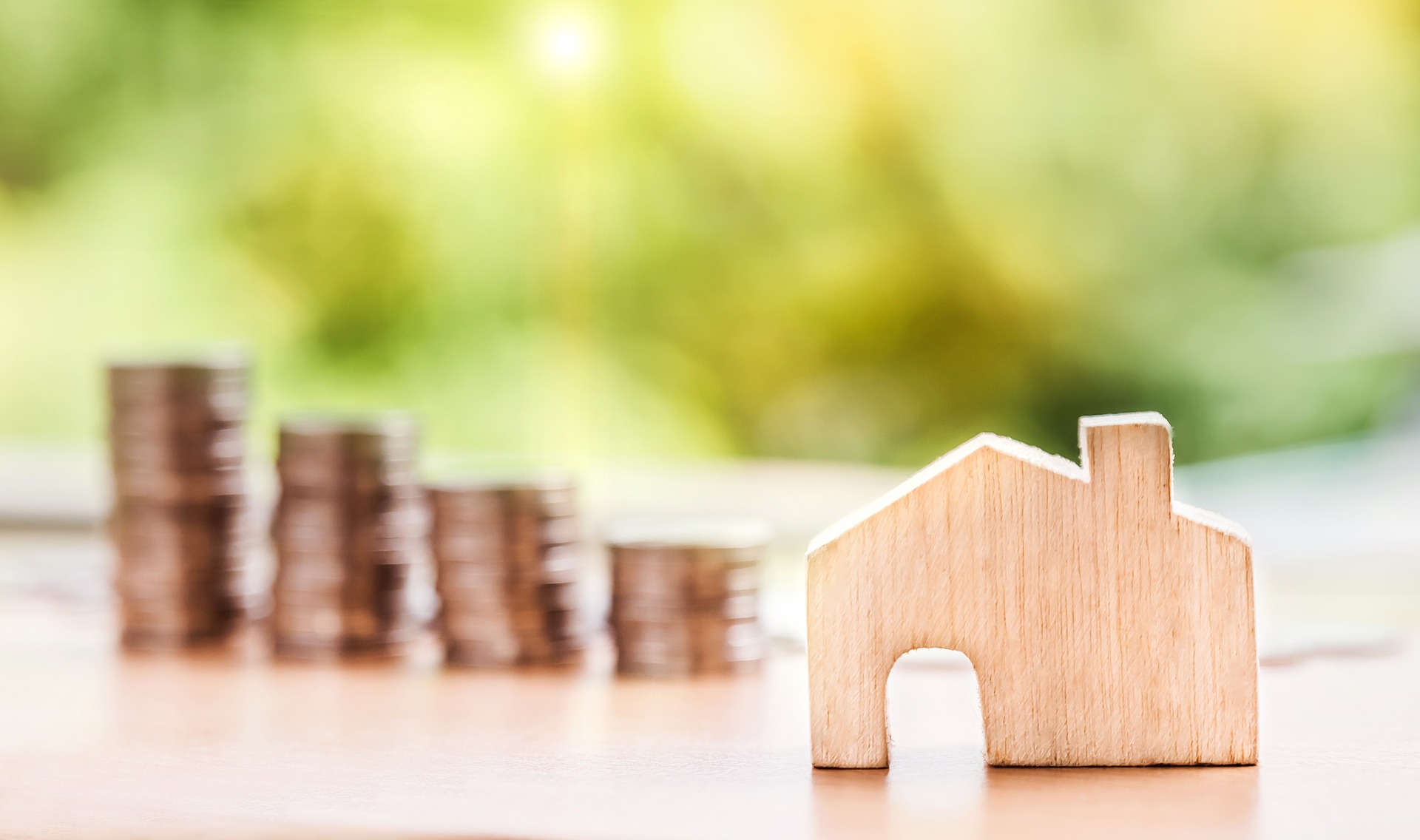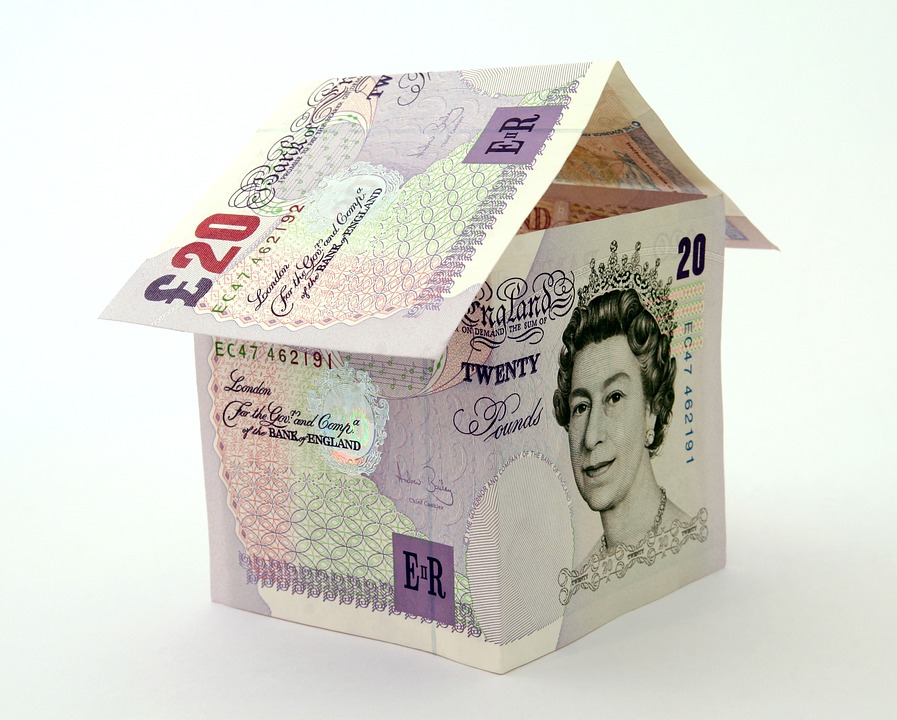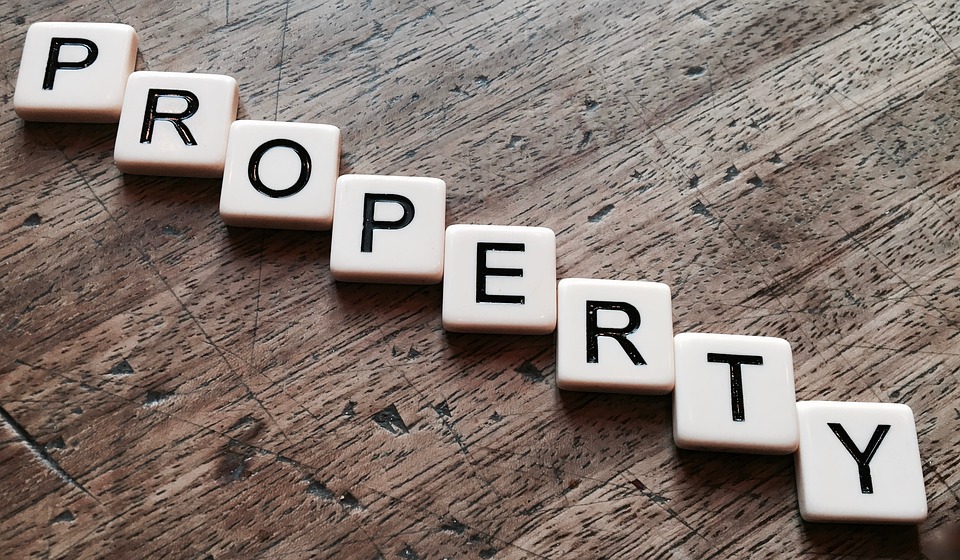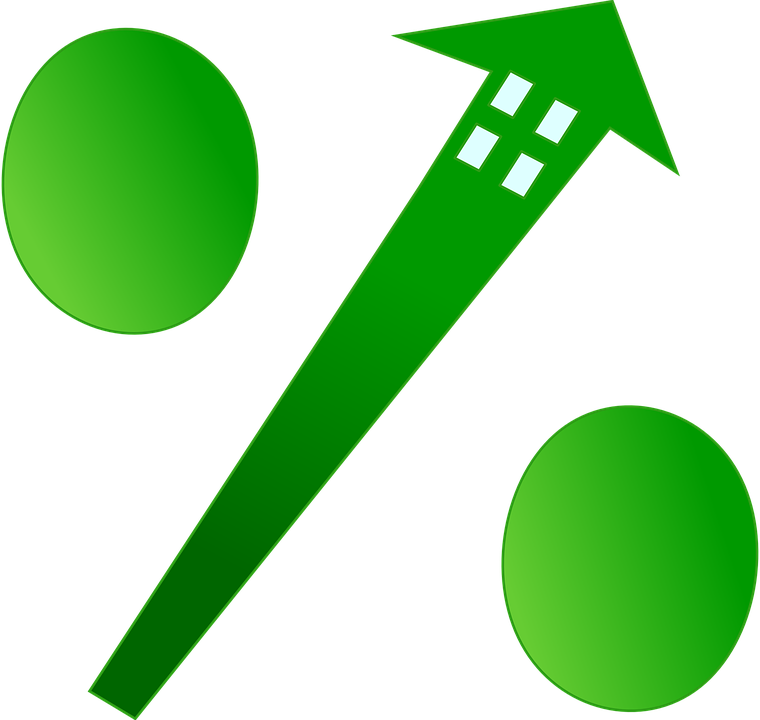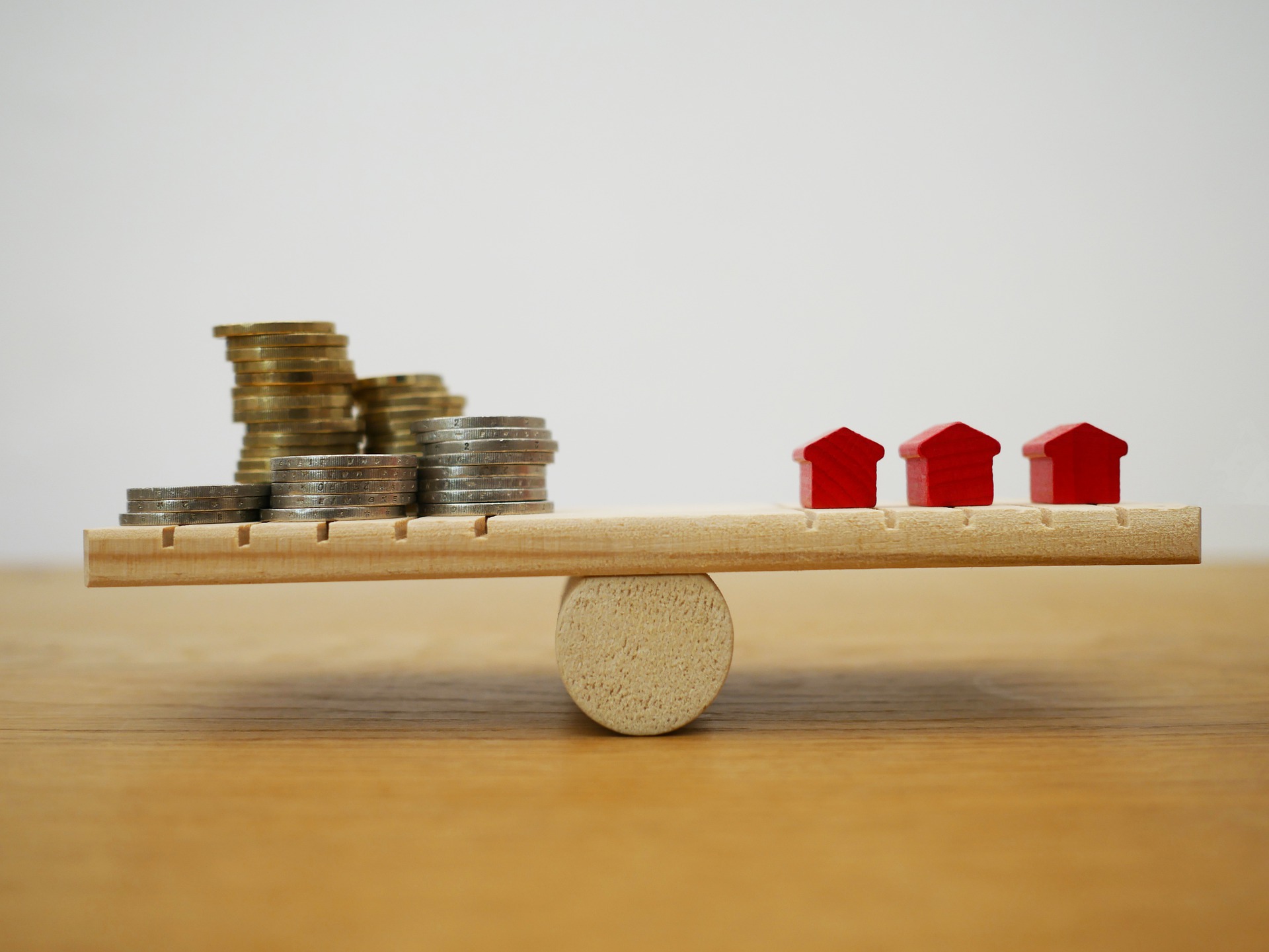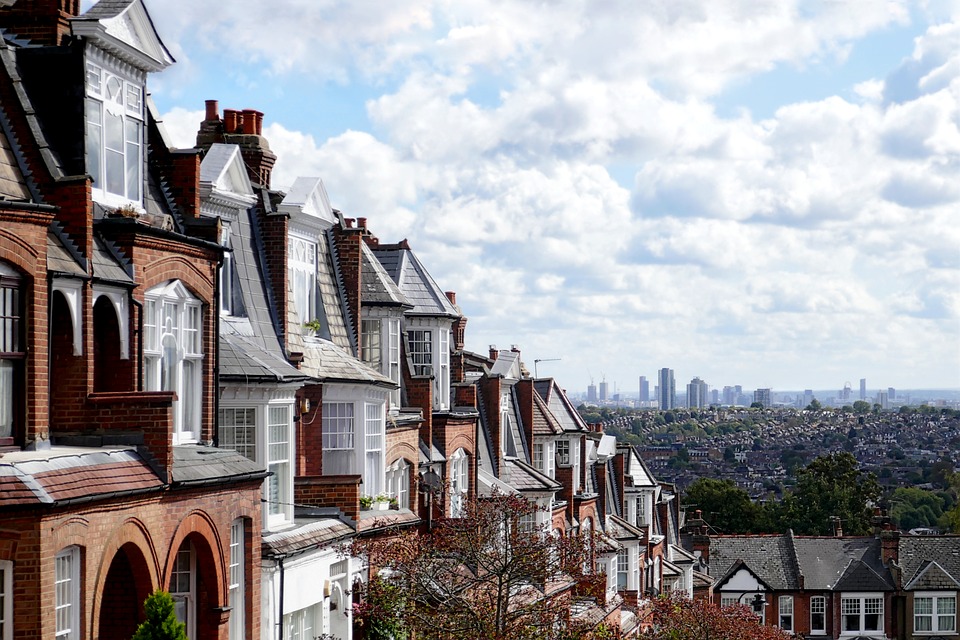Annual house price inflation is now at its strongest level in nearly seven years, according to the Halifax House Price Index.
The average UK property price has reached £261,743, a new record high.
On an annual basis, house prices have risen by 9.5%, on a quarterly basis they are up 2.4%, and month-on-month, prices have increased by 1.3%.
All UK regions, bar the North East, saw an acceleration in year-on-year house price inflation last month.
The strongest growth was once again recorded in Wales, up 11.9% annually, closely followed by the North West and Yorkshire & Humber, both of which posted double-digit annual growth.
For Wales and the North West, these are the biggest percentage gains since April 2005, and for Yorkshire & Humber since June 2006.
To find out more about how we can assist you with your Mortgage requirements, please click here to get in touch
The South of England, however, traditionally the driving force of national house price performance, is lagging behind the rest of the country; this is especially the case in Greater London, where average prices are still 3.1% higher than a year ago but growing more slowly than the rest of the country.
Russell Galley, managing director of Halifax, said: “House prices reached another record high in May, with the average property adding more than £3,000 (1.3%) to its value in the last month alone.
“A year on from the first easing of national lockdown restrictions, and the gradual reopening of the housing market, annual growth surged to 9.5%, meaning the average UK home has increased in value by more than £22,000 over the past 12 months.
“Heading into the traditionally busy summer period, market activity continues to be boosted by the government’s stamp duty holiday, with prospective buyers racing to complete purchases in time to benefit from the maximum tax break ahead of June’s deadline, after which there will be a phased return to full rates.
“For some homebuyers, lockdown restrictions have also resulted in an unexpected build-up of savings, which can now be deployed to fund bigger deposits for bigger properties, potentially pushing property prices even higher.
“Whilst these effects will be temporary, the current strength in house prices also points to a deeper and long-lasting change as buyer preferences shift in anticipation of new, post-pandemic lifestyles – as greater demand for larger properties with more space might warrant an increased willingness to spend a higher proportion of income on housing.
“These trends, coupled with growing confidence in a more rapid recovery in economic activity if restrictions continue to be eased, are likely to support house prices for some time to come, particularly given the continued shortage of properties for sale.”
Discover our Residential Mortgage Broker services.
Mark Harris, chief executive of SPF Private Clients, added: “House price growth in the south of England may be lagging behind the rest of the country but property prices are still more expensive there than elsewhere.
“While buyers are prepared to go further in the search for more space and less need to be in the office every day, pushing up demand for property away from the capital, it remains to be seen whether this is a long-term trend or whether the attraction of city centres will return at some point.
“Cheap borrowing and affordability is giving buyers more purchase power, which is pushing up prices.
“Lenders remain keen to lend and have plenty of cash to do so, resulting in ever-lower mortgage rates from sub-1%.
“However, lenders aren’t only targeting those with big deposits or similar levels of equity in their homes, with options also increasing for first-time buyers at 95% loan-to-value and the first properties being sold under the government’s First Homes initiative.
“This is just as well given that rising property prices are not good news for first-time buyers, and will make getting on the housing ladder even more of a struggle.”
Sundeep Patel, director of sales at Together, said: “The surge in demand for property we’re continuing to see showed no indication of slowing last month.
“House prices reached another record high in May, up by 1.3% (more than £3,000) in value than in April. Annual growth also surged by 9.5%, with the average house price in the UK now at £261,743.
“However, with the stamp duty tax break starting to taper off from the end of this month, we’re likely to see this unprecedented rush for new homes ease off by the time we hit the end of summer.
“The recently released travel traffic light list for UK holidaymakers may also dampen activity as people prepare to make a break for guaranteed sun and so stick a pin in their property plans back home.
“How the property market will shape up by the end of this year is no way near certain.
“However, whether house prices have been artificially inflated or not, it is possible the backlog in demand from keen buyers will markedly increase opportunities for specialist lenders, as increased volumes of borrowers turn to finance such as bridging loans to quickly purchase their ideal homes.”
Anna Clare Harper, chief executive of SPI Capital, added: “Investors and homeowners alike are wondering whether the housing market boom is about to bust?
“With 9.5% house price growth in the year to May, despite the huge economic problems caused by the pandemic, it’s a sensible question.
“The truth is, what tends to happen in the housing market is different from what happens with other purchases and investments.
“In other sectors, when consumers get nervous, they stop spending so much. When investors get nervous, they are scared into selling.
“Things are different in the housing market because homes are ‘essential’. We all need a place to call home.
“So, unlike crypto ‘investments’ or shares, people tend not to sell unless they really need to. And, with interest rates low and forecast to remain so, it can be cheaper to pay a mortgage on an equivalent property than to pay rent.
“So a mass sell-off from property owners who have already managed to put down a deposit seems unlikely unless interest rates rise significantly.
“According to Halifax, average annual house prices are at an historic high, at £261,743, which will seem unaffordable to many – in particular younger people.
“A big cause of growth over the past year has been the desire for more space – and for those not moving, home renovations are increasingly popular.
“This is symbolic of our rising living standards which is, on the whole, a good thing. As a result, house prices and construction costs rising.
“This means, in turn, that the cost of renting, buying and improving homes are likely to continue to rise.”
By Jake Carter
Source: Mortgage Introducer
Discover our Mortgage Broker services.

